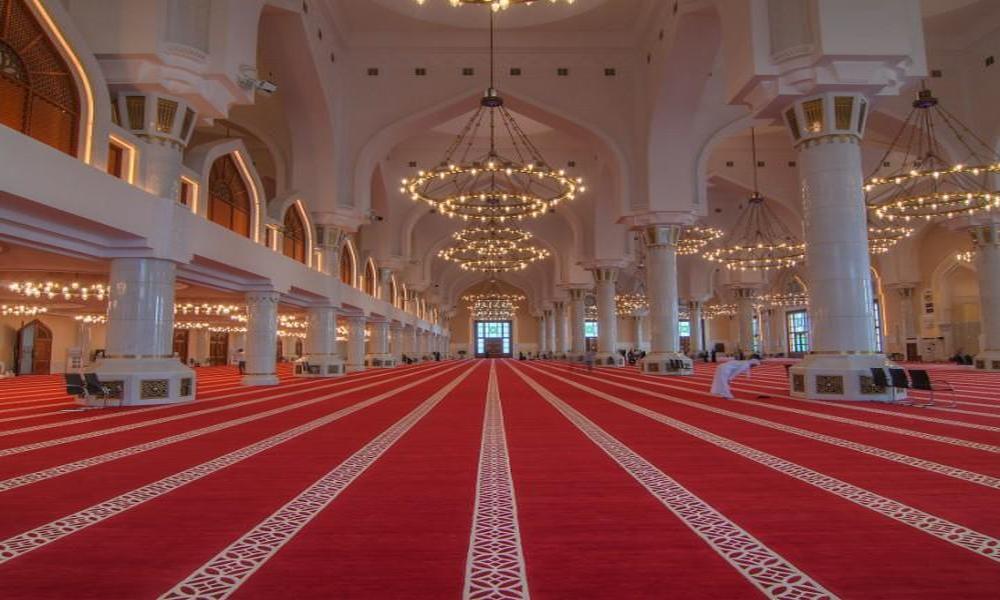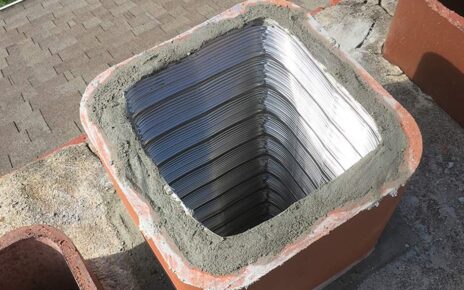In the Islamic faith, the mosque serves as a place of worship, contemplation, and community gathering. Every aspect of a mosque is carefully designed to create an atmosphere of tranquility and spiritual connection. Among the many elements that contribute to this sacred space, the mosque carpet holds a special significance. This article explores the importance of the mosque carpet and its role in enhancing the worship experience for believers.
Historical Significance
The tradition of using carpets in mosques dates back centuries, originating in the time of the Prophet Muhammad himself. Historically, carpets were a symbol of luxury and prestige, reserved for palaces and places of worship. As Islam spread, carpets became an integral part of mosque architecture, serving both functional and symbolic purposes.
Spiritual Focus
The mosque carpet plays a vital role in creating an environment conducive to prayer and contemplation. Its soft, comforting texture allows worshipers to kneel and prostrate comfortably during the ritual of Salah (prayer). The carpet’s softness also encourages humility and a sense of submission to the Divine, reminding individuals of their place before Allah.
Unity and Equality
The carpet’s unifying effect is another significant aspect of its presence in mosques. When Muslims gather for congregational prayer, they stand shoulder to shoulder, forming rows that extend across the carpet. Regardless of social status, wealth, or ethnicity, everyone stands as equals, emphasizing the fundamental Islamic principle of brotherhood and unity.
Acoustic Benefits
Mosque carpets also provide practical benefits by minimizing noise and echoes within the prayer hall. The dense fibers of the carpet absorb sound, preventing distractions and creating a peaceful ambiance. This acoustic advantage allows worshipers to focus on their prayers without being disrupted by external noise.
Artistic Expression
Mosque carpets are often crafted with intricate designs and patterns, reflecting the rich artistic heritage of Islamic cultures. These patterns may include geometric shapes, floral motifs, or calligraphy. The beauty of the carpet not only enhances the visual appeal of the mosque but also serves as a reminder of the divine beauty and perfection.
Hygiene and Cleanliness
Maintaining cleanliness and purity is of utmost importance in Islamic practices. The mosque carpet assists in upholding these values by providing a clean and comfortable surface for prayer. Regular cleaning and maintenance ensure that the carpet remains free of dust, allergens, and impurities, creating a hygienic environment for worship.
Educational Tool
Mosque carpets can also serve an educational purpose, especially for children. Many mosque carpets feature educational diagrams or markings that assist in teaching the proper placement of hands, feet, and body during prayer. This helps young believers develop a deeper understanding of the rituals and etiquette associated with Salah.
Conclusion
The mosque carpet is more than just a floor covering; it is a spiritual symbol and an essential part of the Islamic worship experience. Its presence in mosques contributes to the sense of reverence, unity, and tranquility that believers seek during their prayers. From its historical significance to its practical advantages, the mosque carpet plays a multifaceted role in enhancing the spiritual journey of worshipers. As believers bow their heads in prayer, the mosque carpet offers them a sacred space to connect with Allah and find solace in the community of believers.





